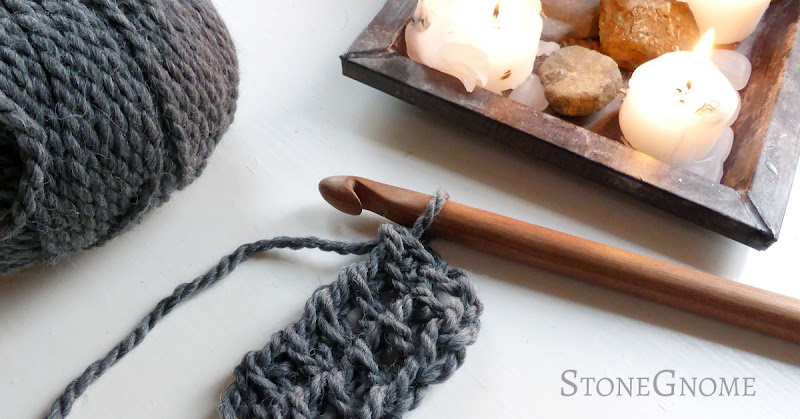
Hubby has been working on something for me these holidays with a lathe he set up. So yesterday, I had the pleasure to test a big handmade hook of mahogany. What a joy!
Crochet Love · Crochet & Tunisian Crochet · Studying, Developing, and Teaching Crochet Techniques


